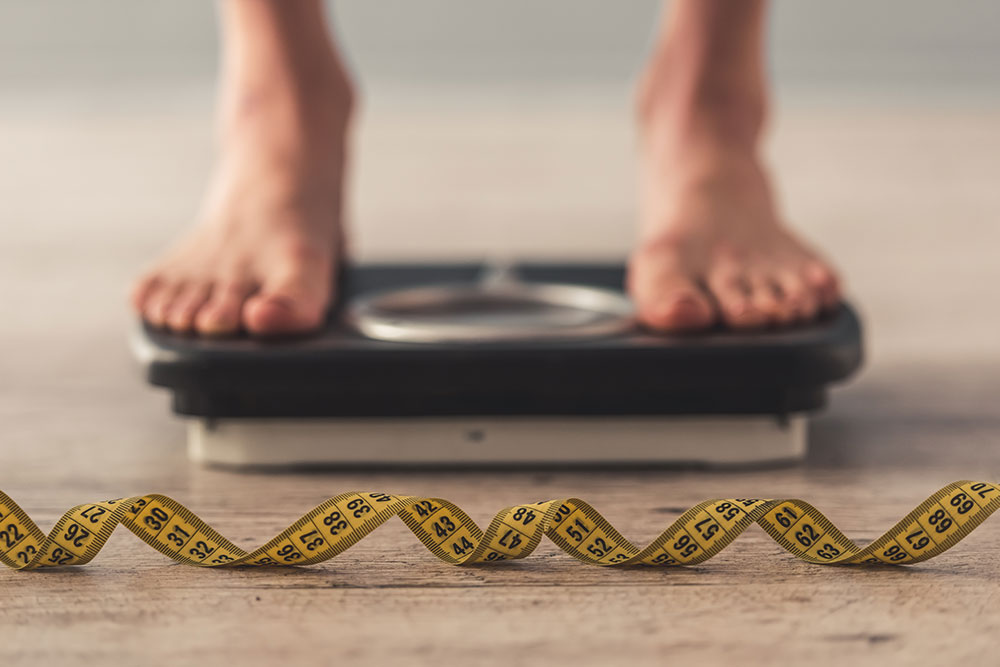If there’s one thing that’s been constant in the nutrition and fitness industries, it’s the change in routines. With time, we are being made aware of so many new trends, whether it’s the new forms of exercises, or new diets to try. One such comparatively new entrant is the CICO diet. With many takers, it’s possible to wonder what it entails and if it really works. Well, that’s what we’re here to find out.

First things first, the CICO diet stands for “Calories In, Calories Out”. It is a weight-loss technique in which participants try to balance what they eat (calories in) with what they burn (calories out). Dr Eileen Canday, head dietician and head of department, nutrition and dietetics Sir HN Reliance Foundation Hospital states, “The ‘calories in versus calories out’ model is based on the idea that to maintain a stable weight, the number of calories one eats needs to match the calories the body expends. ’Calories in’ refers to the calories one gets from the foods consumed, while ‘calories out’ is the number of calories one burns.”

Factors Affecting CICO
There are several factors at play when you consider your Calorie In versus Calorie Out. According to Dr Canday, they are:
Calorie In
1. Appetite: Our hunger has a big impact on how many calories we consume. Hormones, body composition, and taste and preference are all factors that influence our hunger.
2. Absorbed Calories: The bio-availability of calories is affected by how food is prepared. Cooking carbohydrates (such as potatoes) increases the number of calories available. The amount of energy extracted during digestion is also influenced by the microbes in your stomach. The macronutrient content of the food you eat will change as well.
3. Psychological Factors: Your stress levels, sleep quality, and certain disorders such as PCOS can all have an impact on hormone balance, which can affect your metabolism and appetite.

Calorie Out
1. Energy While Resting: Your Basal Metabolic Rate (BMR) is a measurement of how many calories you burn at rest, and it is influenced by factors such as your age, weight, height, biological sex, muscle composition, and so on.
2. Energy Burned Through NEAT: Small movements can also aid in burning calories. This raises your Non-Exercise Activity Thermogenesis (NEAT), or the amount of energy you burn when you're not exercising. Consider tapping your feet, twisting your hair, conversing with your hands, and so forth. Even an hour of this type of activity can burn an additional 300 calories.
3. Exercise: How much you exercise consciously has an impact on how many calories you burn.

Benefits
Perhaps the most prominent benefit of the CICO diet Dr Canday points out, is weight management. “The individual’s weight may remain stable because the number of calories consumed matches the calories that are fuelled to maintain the BMR, digestion, and physical activity. Weight loss may be visible if the calories consumed are lower than the energy expenditure,” she states.
Drawbacks
The biggest drawback in a CICO diet is the estimation error. Dr Canday elaborates, “The nutrient density of the foods is not taken into account by the "CICO" model. When it comes to health, not all calories are created equal, because different foods, regardless of calorie amount, have varied effects on various biological systems. For example, a cup of beans will have the same calories as a serving of candy but the nutrient density of beans is high due to the protein, fibre, vitamin and mineral content compared to the candy.”
If you’re wondering if this diet would work for you, Dr Canday adds, “Every individual can follow the “CICO” model under the guidance of a qualified dietician. The amount of calories planned as per the energy expenditure will depend on the health and fitness goal and dietary requirements of the individual.”

The Takeaway
Now, while this diet model can help with weight management, it should still be followed under supervision. Dr Canday expounds, “The “CICO” model does not take into account the nutrient density of the foods, thereby decreasing its health relevance. Moreover, different foods impact the hormones, metabolism, hunger, and feelings of fullness differently, in turn influencing the overall calorie intake. It’s better to board on such diets with professional help.”